
Is your airport operating at the full capacity in all weather conditions? Do you believe it is as safe as possible with regard to runway operations, and foreign object debris (FOD) detection around gates? Would you like to find out how to increase safety, capacity and throughput in all weather conditions, but don’t know where to start? A CONOPS (Concept of Operations) can provide you with these answers.
Where should you invest to get the most value and the most throughput for your money? Do you like the idea of starting with analyzing the present operational situation, identifying the environmental and operational needs before making any major decisions? The CONOPS (Concept of Operations) is like a blueprint that will guide you in the right direction, avoiding unnecessary uncoordinated investments. Its main objective is to cover an end-to-end traceability between operational needs and system safety and performance requirements derived in future phases.
Sounds boring? Let’s put it this way… the CONOPS typically includes description of:
- Operational Environment (Current and Target)
- Concept of ATC Services (Target)
- Operational Scenarios
- User/Operational Needs
Let us briefly look into them one-by-one for better understanding.
- Operational Environment (Current and Target)
We describe the airspace structure around your airport, including e.g. alternate airport. We detail the operational structure, number of ATCOs, ratings, training etc., the Tower layout, Runway, Taxiway and Apron layout. We describe the systems you are using today, including but not limited to communications, A-SMGCS, weather data etc. We produce a list of environmental needs linked to the operational objective of the work program.
- Concept of ATC Services
How is the approach operating? How do you handle the ground movements? What are the runway modes and the separation minima? Do you operate the airport in reduced visibility and if so, what are your Low Visibility Procedures (LVP). You will receive a valid high-level description on the operational service that is relevant to the project scope. You will normally NOT receive any proposed procedures; this should be the responsibility of the local experts.
- Operational Scenarios
Based on the data gathered and reported in the previous sections you will receive scenarios presented as a series of stepped illustrations showing the concept of a sequence of traffic movement over a short period of time. Even controllers like this section as it includes illustrations, not just text! You will get both good visibility scenarios and LVP conditions covered, as well as mixed mode or departure/arrivals only. Plus, you will receive exact figures of the possible throughput.
- User/Operational Needs
This includes a list of Operational Needs, how should your systems be integrated and operated to be able to support the throughput as illustrated in the previous section. The needs are directly linked to the design of your system being supplied to meet the operational objectives. We can in addition guide you on HIRO, High Intensity Runway Operations, i.e. how to reduce the runway occupancy time at your airport.
Hope you enjoyed reading this primer on the CONOPs process that helps you best invest to secure your airport’s future!
We’ll leave you with one thought – ADB Safegate can do this together with you, can anyone else? And now, if you have any questions, feel free to contact us.
Written By ATCOs Bengt Collin & Steve O’Flynn

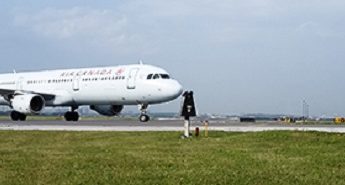
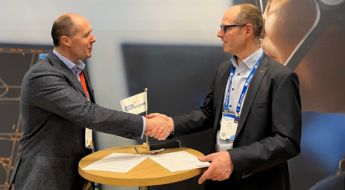


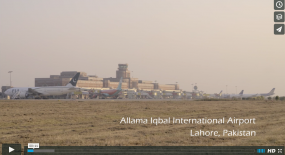
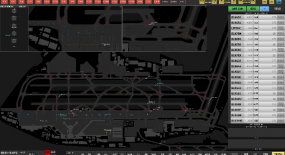

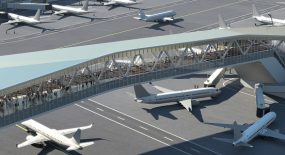
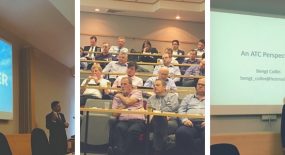

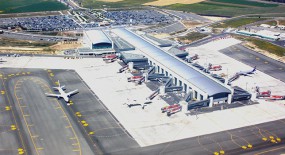


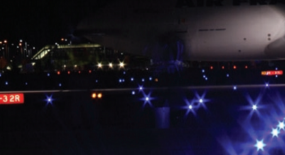
Kudos to you! I hadn’t thhgout of that!